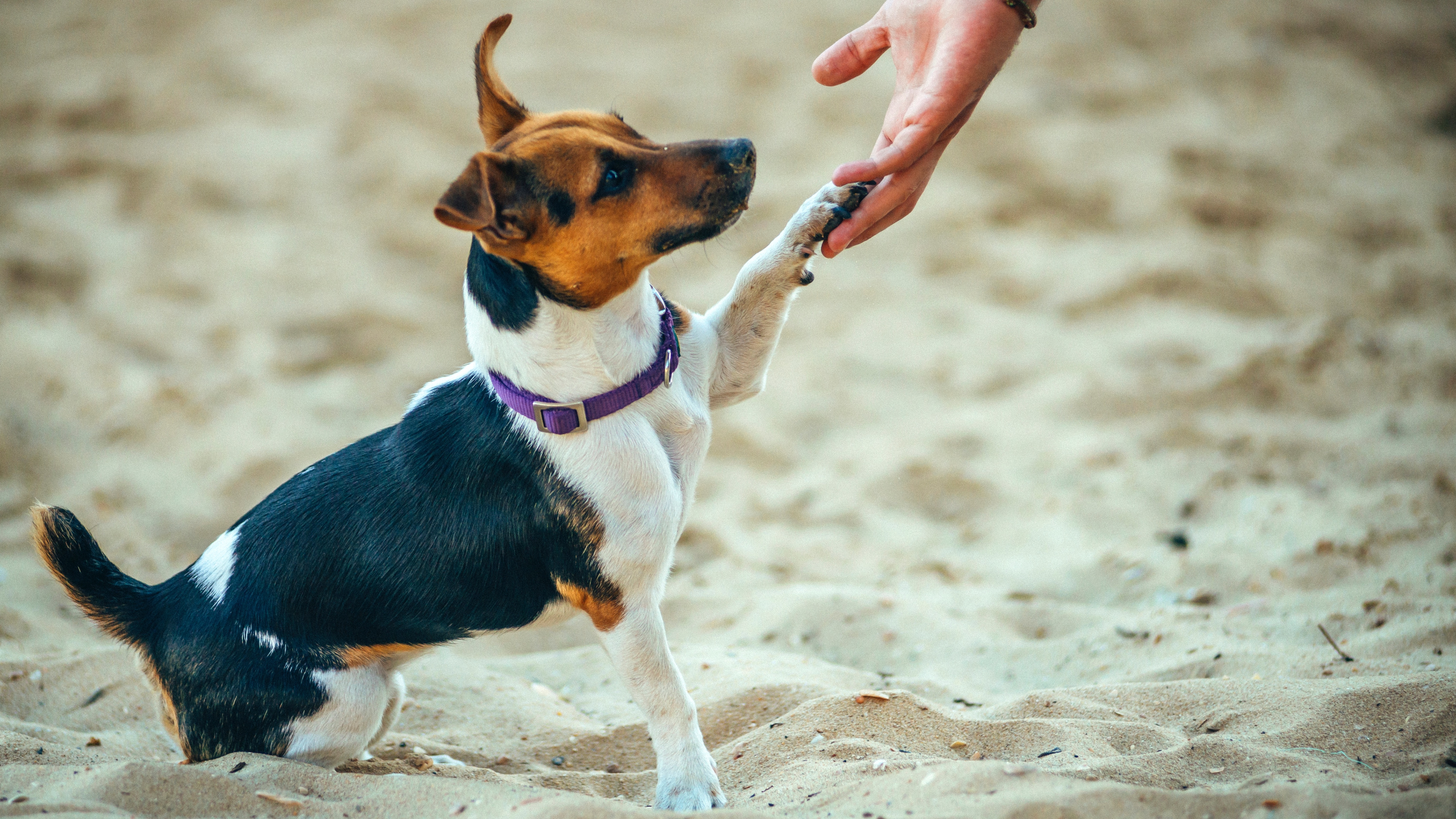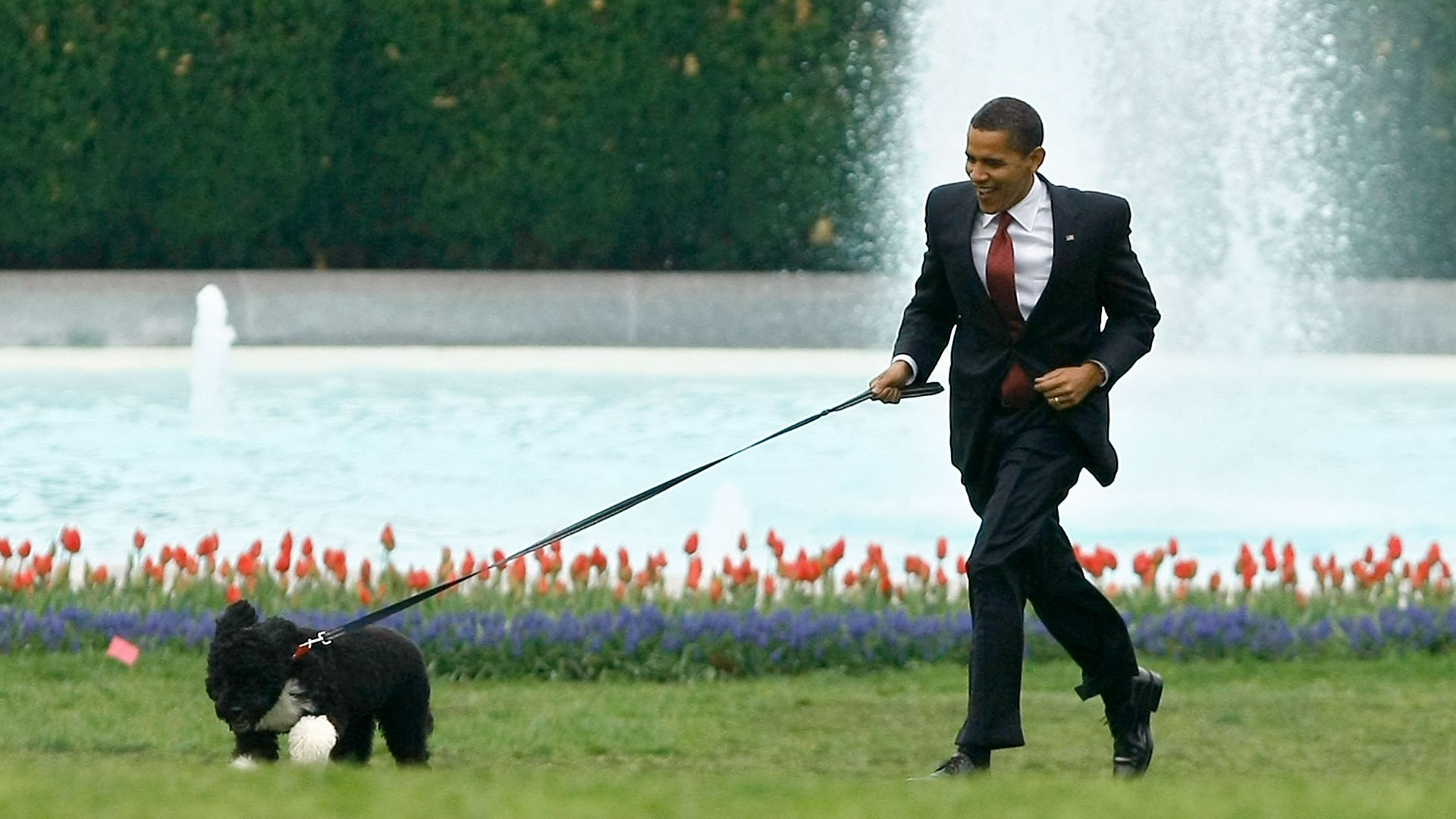Trainer explains why you don’t always need to correct your dog for making a mistake (and what to do instead)
Sometimes, just ignoring their behavior and adapting your own accordingly can be a better option!

If your dog isn’t doing what you want them to, your instinct might be to correct them – and that’s totally understandable! After all, you want to teach them to do something they aren’t currently doing.
However, you don’t always need to. Instead, it can be more beneficial to work out whether you made a mistake or misjudged something – you don’t need to put that packet of the best dog treats away.
And in a recent Instagram video, Karishma Warr, the head of training and behavior at Calm Canine Academy, has shared the reasons why – it’s given us some real food for thought!
A post shared by Calm Canine Academy (@calmcanineacademy)
A photo posted by on
“When my dog does something I didn’t expect, I don’t need to punish him for it,” says Warr. “I need to figure out what mistake I made, or misunderstanding I had, that led to me misjudging the situation.”
In the video, Warr asks her dog, Heera, to wait while they toss a cookie – something he’s done plenty of times before. However, this time, he doesn’t. As Warr explains, he was recovering from an off-leash dog running up to him, and he’d recently been groomed. “Those two stressors together blocked him from being able to behave in the way he ‘usually’ does when asked to wait,” they explain.
“He totally didn’t register my cue and just went for the cookie,” they continue. “I used to think this was him disobeying a command he knew, but now I just know I had asked him to do something he couldn’t. He didn’t ignore me. He couldn’t do what I asked.”
What Warr did next was simply ignore the mistake and continue with the game. They made the game easier, so he could be successful. “I got curious about why he wasn’t able to wait,” they explain. “Once I realized it was likely due to the trigger stacking, I kept the rest of the walk super easy. I focused on letting him perform regulating behaviors like sniffing and exploring.”
PetsRadar Newsletter
Get the best advice, tips and top tech for your beloved Pets
Once Heera’s nervous system had regulated itself, and he became more comfortable again, his ability to ‘wait’ on command returned – and Warr didn’t need to correct him at all. Simply being patient, and altering their own behavior, was enough to make Heera feel comfortable and mean that he would go back to presenting more desirable behavior himself.
If your dog is a puppy, and you’re wondering how best to address undesirable behavior without punishing them or correcting them too harshly, you might find this article useful: How to discipline a puppy to create a trusting bond.
Pupford Beef Liver Training Freeze-Dried Dog Treats
$16.89 from Chewy
We gave these to our tester Isaiah for his dog Hayes to try. He reports back that they're his new favorite treat and are a suitable size for training. "He could and would eat the whole bag if allowed!"

Adam is a freelance journalist specialising in pets, music and culture, and mental health and wellbeing. He investigates and writes the large majority of news on PetsRadar, and collaborates with veterinary experts to produce informative pet care content.
Adam has a journalism degree from Southampton Solent University and a masters degree in Magazine Journalism from Cardiff University. He was previously senior editor at dog advice website DogTime.com, and has also written for The Independent, GoodToKnow and Healthline.
He owns two rescue cats, Bunny and Dougie, and has also previously had a rabbit, fish and Roborovski dwarf hamsters.

